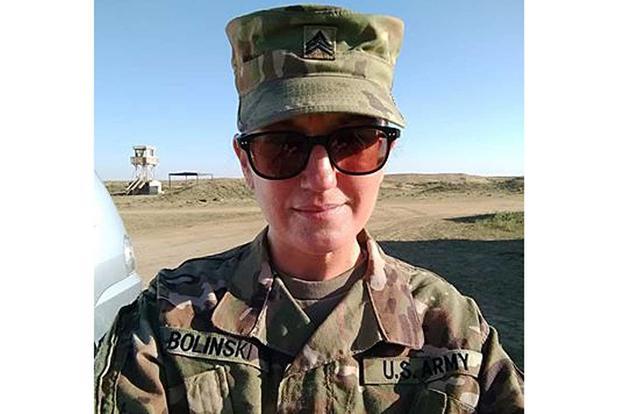
A water bucket releases its load of water over a lake during a check ride between the Washington National Guard aviators and the US Forest Service. The pilots and their crew chiefs train on water bucket operations annually to prepare for wild land fire season.
CAMP MURRAY, WA, UNITED STATES
03.06.2019
Story by Sara Morris
Joint Forces Headquarters, Washington National Guard
With wildfires becoming a more common summer occurrence, aviators with the Washington National Guard are already starting their annual water bucket and wildland fire training – and spring hasn’t even started.
Washington Guard Aviators receive training and evaluation from the state Department of Natural Resources and the U.S. Forest Service.
The ability to assist DNR and USFS during fire season is crucial. David Ritchie, helicopter program manager with DNR, said they are limited in their resources, with nine small helicopters and about six planes.
“So when the fires grow large and the governor declares an emergency we get to have the Guard respond and they bring large helicopters with some more capabilities than ours,” said Ritchie.
This coordinated training has been an annual requirement since the Guard was activated to assist with fires in 2012. The program has grown over the years and now includes interagency exercises in late winter and spring to get prepared for fire season.
These cooperative exercises make the pilots more comfortable before going to an active fire.
“We get our first chance to work with other helicopters in a daisy chain dropping water, and the more important skill of talking to the people on the ground that are guiding us in,” said Chief Warrant Officer 5 Noel Larson, the state standardization officer for pilots. “That’s an eye-opener for these guys, dealing with civilian helicopters while also talking to the trainees on ground.”
Having previously been on three combat tours as an aviator, Larson says that wildland fire response is the most difficult flying he has done. There are a million things going on and you can’t see anything.
Larson went on to say that the difference between the contracted pilots and the Guard pilots is the coordination required to drop the water. Generally, a civilian helicopter will have a single pilot that also controls the pendent release. Guard helicopters have at least three personnel working to achieve the same thing.
“It’s a huge coordination between the two pilots in the front and the crew chiefs in the back. In order to get it right everyone is talking back and forth, and then also talking to the guy on the ground,” said Larson. “Usually the pilots up front are the first ones to see the target, but the crew chiefs can see the water bucket and have the release switch, so practicing that coordination beforehand is crucial.”
This training also ensures that when the pilots and crews arrive at an active fire they are prepared to work with the multiple agencies on the ground and understand their role.
“It’s important for the overall safety and security of the state and its residents that we are able to safely ingrate between the DNR, federal partners and the National Guard for aviation operations,” said Ritchie.
The National Guard provides both Blackhawk and Chinook helicopters for fire response, which are the largest aircraft that carry water. Larson said, “I’ve received nothing but positive feedback from the different agencies that we work with. We’ve been very successful.”

Crew chief on a Chinook helicopter watches the water bucket pendent from the sling-load window on the floor in order to relay its position to the pilots during a check ride. The Washington National Guard aviators conducted their annual water bucket training with the US Forest Service in preparation of wild land fire season.





